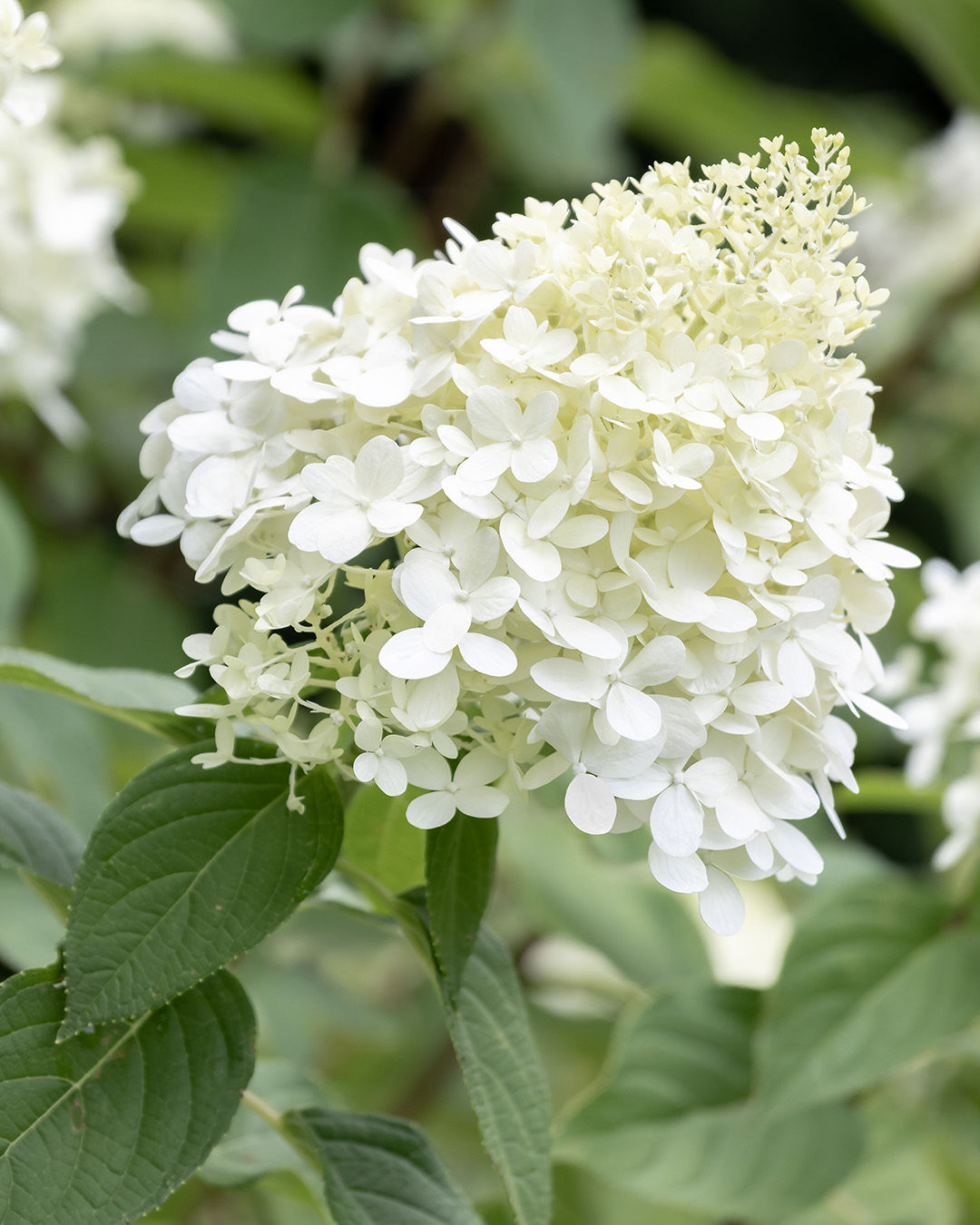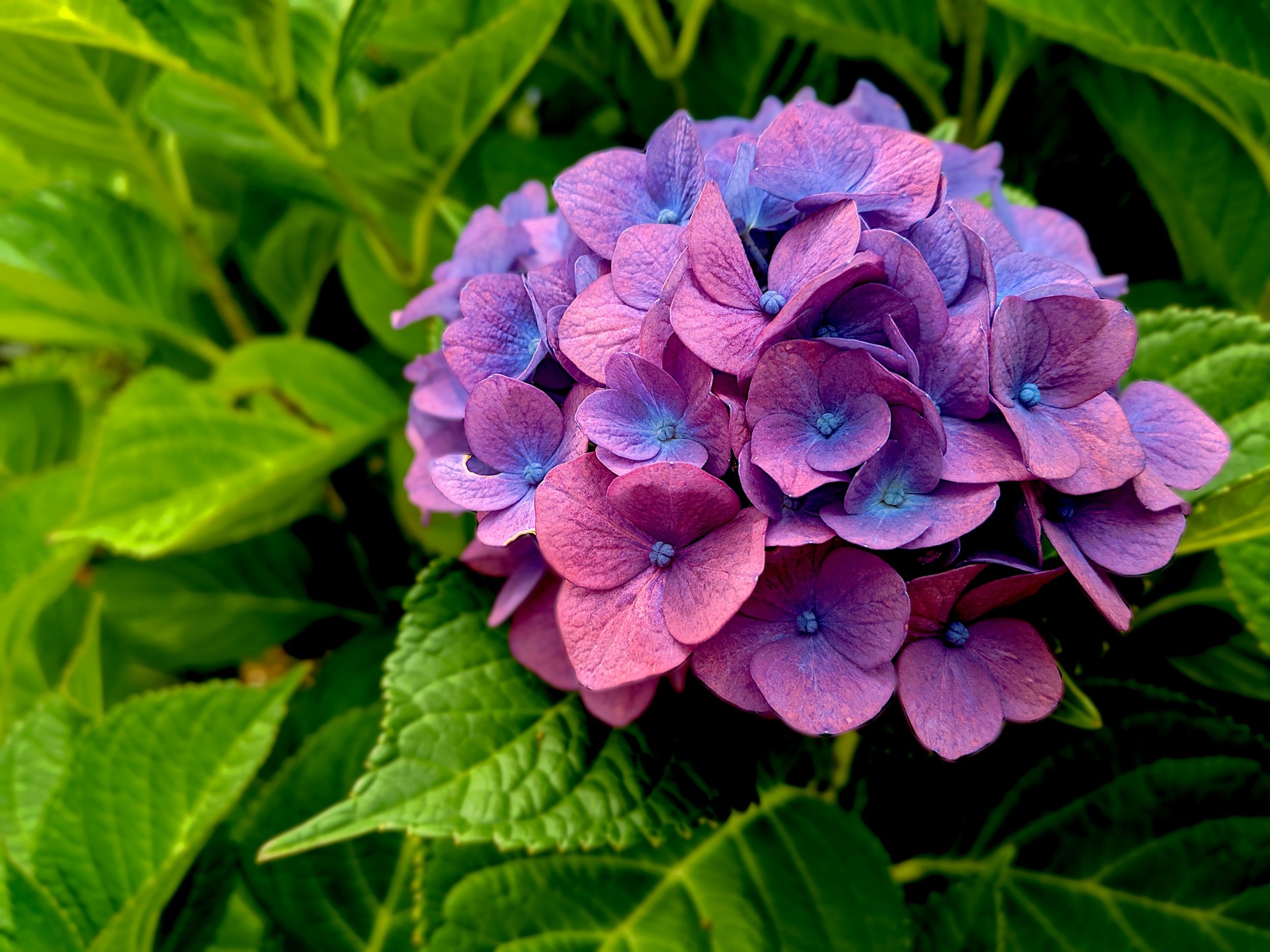3 Easy Facts About Hydrangea Leaves Turning Yellow Shown
Wiki Article
The 10-Second Trick For Hydrangea Leaves Turning Yellow
Table of Contents9 Simple Techniques For Hydrangea Leaves Turning YellowHow Hydrangea Leaves Turning Yellow can Save You Time, Stress, and Money.Hydrangea Leaves Turning Yellow Fundamentals ExplainedHow Hydrangea Leaves Turning Yellow can Save You Time, Stress, and Money.The Basic Principles Of Hydrangea Leaves Turning Yellow
The container should be large sufficient so the plant can grow and obtain all of the water and nutrients it needs. Area the container on a deck, or in a shady place on a patio area. You can likewise change the plant with a panicle hydrangea. Panicles love the complete sun.No matter of the variety, plan in advance and make certain your plant has lots of defense from the wind (Hydrangea Leaves Turning Yellow). You can hair transplant to a brand-new location, or you might create a wind barrier utilizing an additional plant, or fencing.
Ornamental lawn, Rose of Sharon, or Holly shrubs are simply a few concepts of plants you can use to block the wind. If you need to hair transplant, find a spot in your garden that is well safeguarded from sunlight and wind. Transplanting is best performed in the autumn or the springtime.
The plants place is the most essential element when it comes to getting well established and appropriate growth. With a little forethought on growing location and proper upkeep, you'll be able to ensure your hydrangeas!.
The Only Guide to Hydrangea Leaves Turning Yellow

You can rescue the plant from yellow fallen leaves by providing it the proper light and placement. If your plant gets yellow fallen leaves, move it to a dark place.
, and temperature level alterations can cause yellowing fallen leaves and brownish spots. If it obtains too warm, the sides of the fallen leaves become yellow, transform brownish and create a crispy structure.

Hydrangea Leaves Turning Yellow Things To Know Before You Get This
Yet, yellow fallen leaves in Hydrangeas are the first signs of disease invasion, usually followed by black spots, browning, drops, and wilting. Separate the unhealthy or pest-infested plant from the healthy plants to stop illness spread. If it is a garden plant, remove all the contaminated fallen leaves making use of sanitized tools and clean up all the debris.So, cutting off helps Hydrangea shade unneeded weight and insurance coverage, allowing the growth of new fallen leaves. The most effective time to prune Hydrangeas is spring when the plant is ready to grow vegetation for the following season. Examine for invested or unhealthy leaves and cut the base of a stalk that signs up with the my company leaves and stem.
Avoid reducing healthy and balanced or environment-friendly fallen leaves, and do not remove greater than 25% of the plant's vegetation. Collect the discarded entrusts to shed or compost them. The main factor behind the red fallen leaves in Hydrangea is poor dirt or environmental conditions. If Hydrangea fallen leaves have a white fine-grained compound on them, it implies Powdery Mold infection.
Repot the plant annually in springtime or every 2 years if the development rate is slow.
The Definitive Guide for Hydrangea Leaves Turning Yellow

There are 6 primary reasons this could take place:: The plant does not get enough sunlight.: The origins are either too damp or as well dry.: The plant is also cold.: The dirt is not acidic or alkaline enough for the hydrangea.: The plant isn't obtaining the best nutrients it requires to stay healthy.
Each factor affects the plant in a method that can be fixed if we understand exactly how to care for hydrangeas the ideal way. When we speak regarding insufficient light for hydrangeas, we suggest that the plant isn't getting sufficient sunshine.
Without enough sunshine, the leaves can turn yellow, the plant can come to be weak, and it might produce fewer blossoms. To guarantee a hydrangea gets ample light, it needs to be put in a place where it can enjoy the morning light and be shielded from the extreme mid-day sunlight. Overwatering is when a hydrangea plant gets more water than it needs.
Yellow leaves may be an indication that the plant is obtaining also much water. On the other hand, dehydration occurs when the plant does not obtain adequate water.
Some Known Incorrect Statements About Hydrangea Leaves Turning Yellow
This issue is usual in the loss her explanation as the climate adjustments or if a hydrangea is grown in an area where it does not obtain adequate warmth from the sun. It is necessary to know the right problems for hydrangeas to stay clear of low-temperature anxiety. A lot of hydrangeas grow best in areas 6 to 9, where the environment is milder.It is very important to know that this sort of yellowing is various from the yellowing triggered by problems like also much water or not enough light. Therefore, if the yellow fallen leaves are mainly at the end of the plant Click This Link et cetera of the plant looks healthy and balanced, it could simply indicate that the leaves are merely getting old.
Report this wiki page